Gregory Rose: Danse Macabre
The Danse macabre – the idea that Death comes for everyone regardless of status or importance – has fascinated musicians for centuries. In 2011, inspired by a vast sixteenth-century painting by Bernd Notke in the Niguliste, St Michael’s Church in Tallinn, the English composer Gregory Rose (b. 1948) set the mediaeval German texts which sit below each panel, turning Notke’s terrifying vision into a bleak but grimly humorous ritual.
Estonian Philharmonic Chamber Choir and Chamber Ensemble; Gregory Rose
Listen To This Recording:
- I Dance 1: Processional
- II Chorus 1: Requiem aeternam
- III Song 1 (The Preacher from the Pulpit)
- IV Death Song 1 (‘Death to All’) and Chorus 2: Kyrie eleison
- V Dance 2
- VI Death Song 2 (‘Death to the Pope’)
- VII Song 2 (The Pope)
- VIII Chorus 3 (Tract): Absolve Domine
- IX Death Song 3 (Death answers the Pope)
- X Dance 3
- XI Chorus 4 (Sequence): Dies irae
- XII Song 3 (The Emperor)
- XIII Chorus 5 (Offertory): Domine, Jesu Christe
- XIV Death Song 4 (‘Death to the Emperor’)
- XV Dance 4
- XVI Song 4 (The Empress)
- XVII Chorus 6: Sanctus
- XVIII Death Song 5 (‘Death to the Empress’)
- XIX Dance 5
- XX Song 5 (The Cardinal)
- XXI Death Song 6 (‘Death to the Cardinal’)
- XXII Song 6 (The King)
- XXIII Chorus 7 (Communion): Lux aeterna
- XXIV Death Song 7 (‘Death to the King and All’)
- XXV Dance 6
- XXVI Chorus 8: In Paradisum
- XXVII Dance 7 (Recessional)
- XXVIII Chorus 9: Pie Jesu
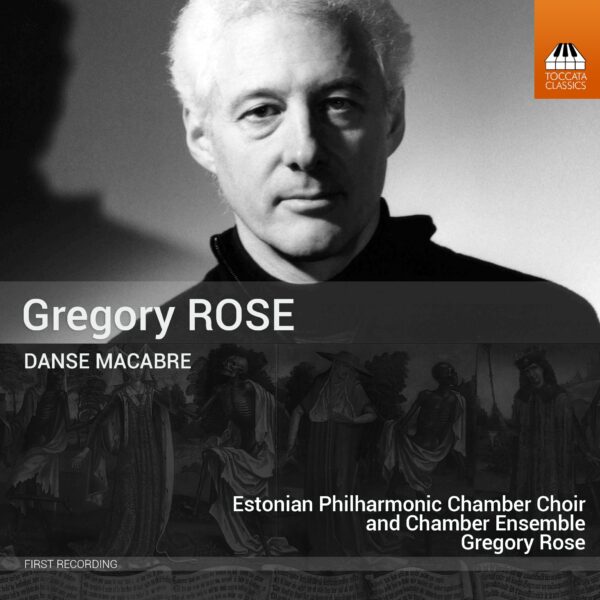
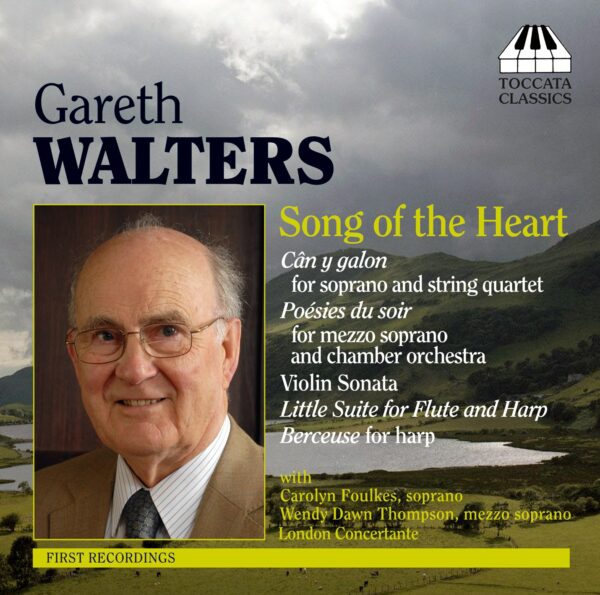
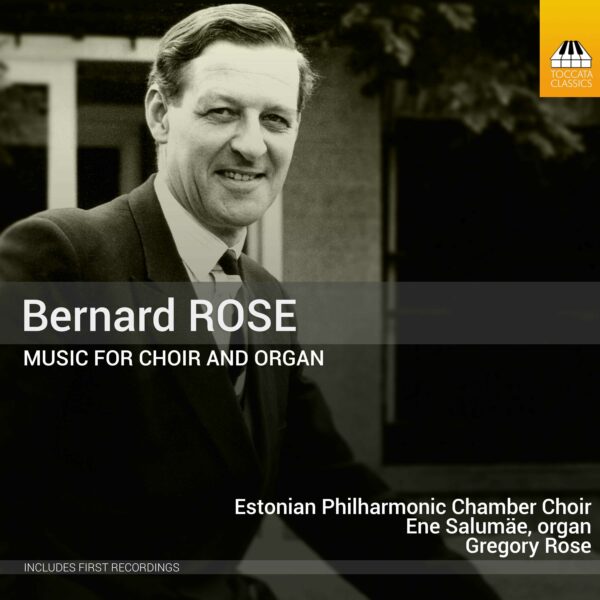
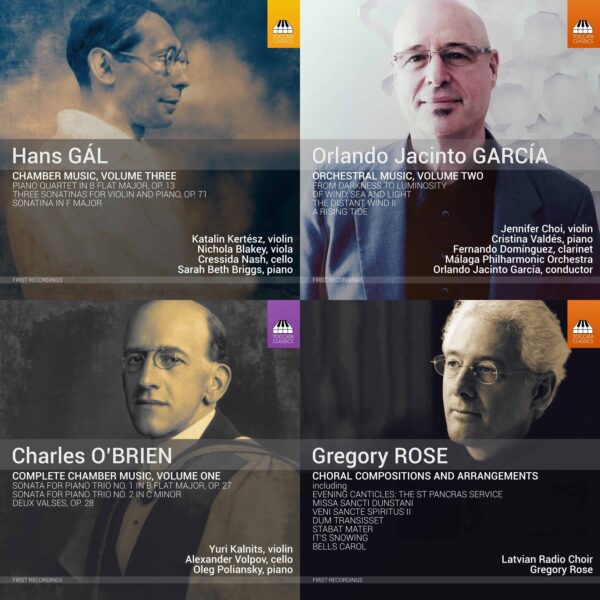
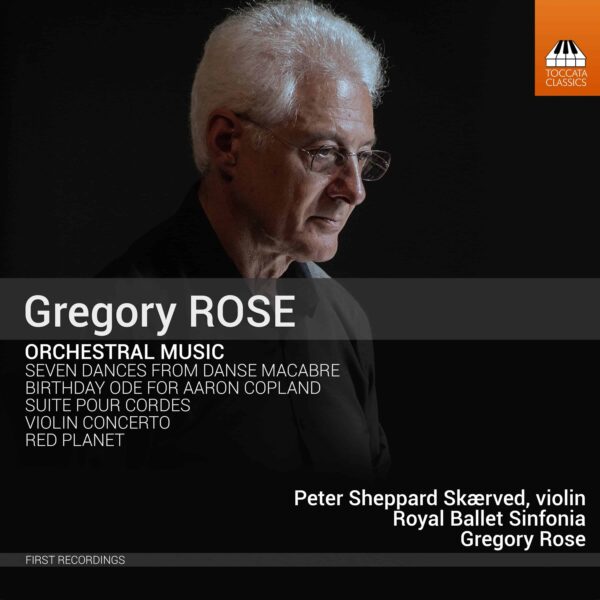
The Sunday Times :
‘Rose is well known as a conductor, of choirs in particular: he founded Singcircle, famous for its performances of Stockhausen’s Stimmung. He’s a prolific composer, too, and this 28-part essay, sharing its title and even some of its imagery with Saint-Saëns, is a remarkable experiment in music theatre. Inspired by a 16th-century painting series in a Tallinn church, Rose sets a medley of Latin and medieval German texts, interleaving choral and solo movements and instrumental dances in a startling tapestry of sound. Stravinsky and Britten may be reference points, but distant: the inventiveness is his own.’
—Paul Driver, The Sunday Times, September 2015
The Observer :
‘Gregory Rose’s compelling meditation on the eternal truth that we will all one day join the danse macabre is inspired by a series of medieval paintings that hang in St Nicholas’s church in Tallinn, so it’s natural that he should record his piece in the beautiful acoustic of that very building. Bernt Notke’s pictures show the skeletal figure of death inviting a pope, emperor, empress, cardinal and king to dance with him. Rose gives all these characters – soloists drawn from the extravagantly talented Estonian Philharmonic Chamber Choir – lithe and generous lines to sing, accompanied by some truly original combinations of instruments. He has the impressive knack of melding a 15th-century text to music informed by Henze, Ligeti and Cage, yet with a fresher, more accessible edge. It’s ripe to be staged – and danced, of course.’
—Stephen Pritchard, The Observer, 15 November 2015
MusicWeb International :
‘Rose infuses his dances with a strong sense of the processional, and with this comes a certain acrid quality reinforced by the apt instrumentation employed – percussion and brass, principally. In some, the employment of Death’s bagpipes imparts an eerie sound, depending on how pressingly Rose foregrounds them: in the fifth dance, for example, which comes between Death’s invitation to dance given to the Countess and to the Cardinal, the overriding quality is of a triumphant leering where the bagpipes sound like caterwauling soprano saxophones. The dances provide one of the recurrent elements of this work and are one of its most resonant features. … Rose’s music exercises a gripping sense of immediacy. The solo singers faithfully enact those qualities of sardonic mockery, unease, and fear asked of them. … The instrumentation too is revealing – string quartet and double-bass, wind, brass and percussion – particularly when an instrument offers its own commentary. I think especially of the accusatory, almost malign pleasure taken by the double-bass in its own line whilst Death berates the King or indeed the imposing tam-tam, in the scene when the Emperor realises finally his place in the scheme of things. Evoking the timelessness of the past through contemporary means is a special gift. … Performances are outstanding not least from Rainer Vilu in the role of Death and there’s a very sympathetic recording. This is a piece of music-theatre that lingers long in the mind.’
—Jonathan Woolf, MusicWeb International
Fanfare Magazine :
‘Using smaller forces throughout—a 14-piece chamber ensemble and chorus, along with seven singers—Rose comes up with some fascinating combinations of sounds and textures, creating a work of impressive stature. If I had to compare the sound of the work to another, the first one that comes to mind is Carl Orff’s Carmina Burana, with perhaps a bit of Stravinsky, some Copland, and a sprinkling of Poulenc thrown into the mix. And one mustn’t forget the composer’s fondness for older music. Perhaps a bit of Pérotin or Léonin can also be heard. … the music, as oratorio, works wonderfully to fully convey the texts: The music is at times eerie, at times ironic, in others more humorous, and sometimes even lighthearted. … Having listened to the work numerous times over the course of a few weeks now, the music has grown on me and stayed in my memory, disturbing as it sometimes is.’
—Scott Noriega, Fanfare Magazine, March/April 2016
Luister Magazine :
‘Soloists and choir present a formidable performance under Rose, and the entire production is spiky and supple at the same time. This is the premiere recording on Toccata Classics for this incisive opus, and the acoustics are truly magnificent, with an enormous depth of sound. Highest praise!’
—Emile Stoffels, Luister, June 2016